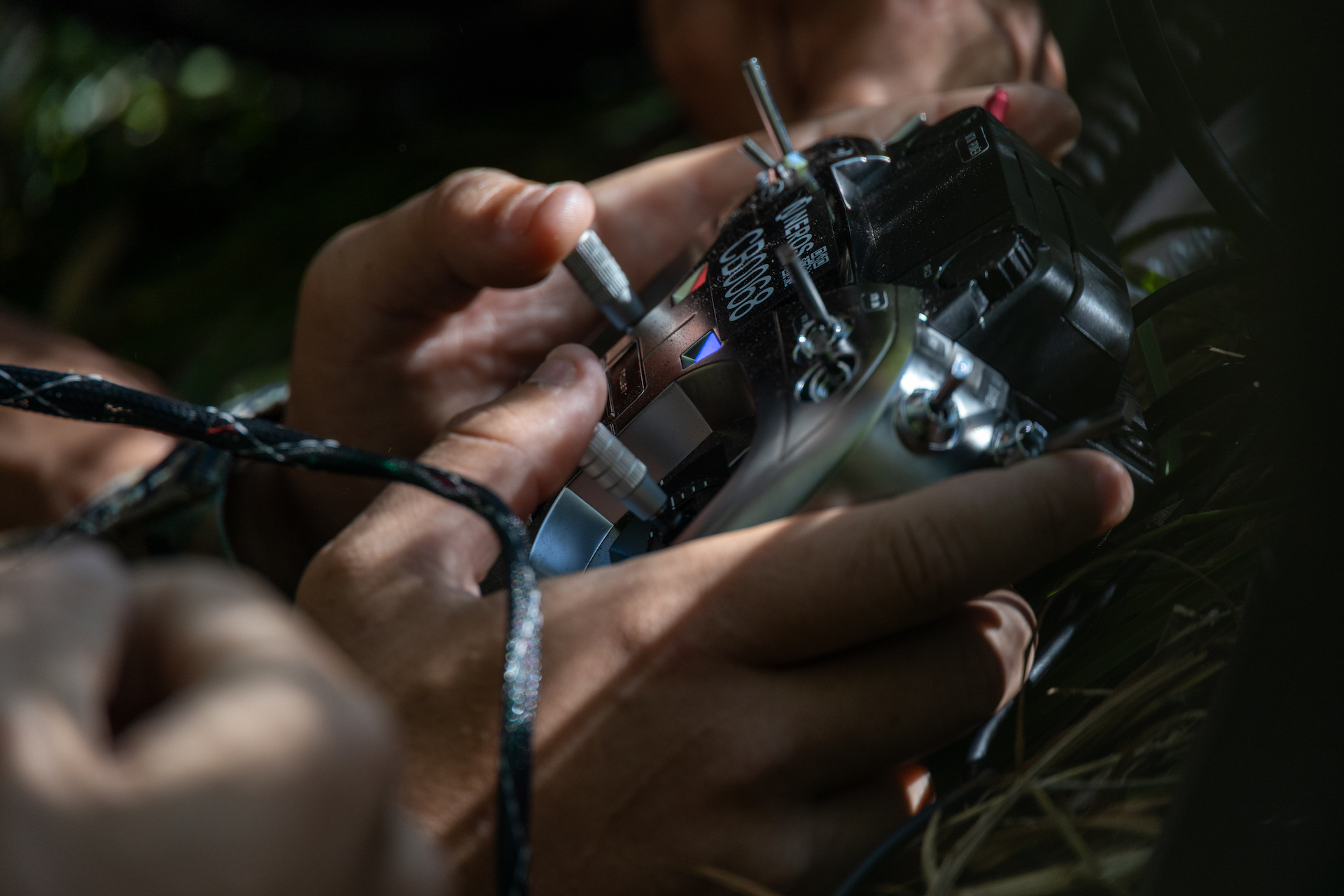Evolving Pentagon Acquisition Strategies: A Paradigm Shift
The recent reforms announced by Secretary Pete Hegseth signal a significant transformation in the Pentagon’s approach to defense acquisition. This shift moves from a long-standing aspiration to maintain the most advanced military capability toward a model that prioritizes adaptability over mere performance.
Lessons from Contemporary Conflicts
Recent military engagements, notably in Ukraine, the Red Sea, and Israel, underscore the critical lesson that possessing superior technology does not guarantee mission success. The definition of “better” in military hardware has evolved dramatically in the past decade.
- Current Military Needs: Instead of prioritizing speed, size, or range—qualities that characterized past procurement efforts—the focus has shifted to deploying systems that are already operational and sufficiently effective for immediate challenges. As we examined during our consultative discussions leading up to reform announcements, what qualifies as “good enough” can change rapidly within weeks or even months.
Establishing an Adaptation Pipeline
Historically, the Pentagon’s acquisition processes have been hindered by prolonged timelines for the conceptualization, design, and delivery of systems. This traditional approach relied on the assumption that high-end products would remain competitive against countermeasures throughout their lifecycle.
Secretary Hegseth’s directive recognizes the inadequacy of this approach in the context of contemporary warfare. The new acquisition model emphasizes the importance of a flexible pipeline that can quickly transition from identifying problems to delivering solutions. Here are three foundational transformations introduced in this new model:
-
Restructured Requirements Process: The previous joint-requirements system, which often merely endorsed the aspirations of military branches, has been dismantled. A new method prioritizes defining and ranking joint challenges presented by combatant commanders, linking these challenges directly to dedicated funding for actionable solutions.
-
Empowering Acquisition Executives: Acquisition executives will gain genuine authority and accountability over their programs. Portfolio Acquisition Executives (PAEs) will have comprehensive ownership—including funding allocation, development oversight, specification enforcement, contracting, and product delivery. Furthermore, they will be empowered to make strategic trade-offs between performance and timelines, ensuring that relevant capabilities are deployed on schedule. Accountability is paramount; PAEs who fail to deliver results will be subject to replacement by senior leadership.
-
Embracing True Modularity: Unlike previous attempts that only superficially pursued interoperability, the new directive mandates genuine modularity. Systems must feature machine-readable interface specifications stored in government repositories, enabling any vendor to develop compatible software modules without requiring permission from system developers.
Adapting to Current Realities
The need for adaptability is crucial, given that modern military assets are increasingly reliant on software. Today’s military platforms, including missiles, integrate advanced computing systems alongside traditional weaponry. By fostering a competitive environment for software modules—ranging from seekers and guidance systems to propulsion—PAEs can efficiently incorporate new technologies as battlefield requirements evolve.
This emphasis on modularity is essential as adversaries are already leveraging commercially available components for rapid adaptation. The U.S. military is beginning to align with these commercial best practices through a continuous integration and delivery pipeline, ensuring that innovation occurs at the operational level instead of being confined to contractor labs.
The Imperative of Timeliness
Some critics express concern that prioritizing expediency may lead to substandard products. However, this perspective overlooks the nature of modern military engagements, where constant adaptation is critical—far more so than striving for generational shifts in technology.
Consider the recent case of Ukrainian air defenses. They discovered that their U.S.-supplied Patriot interceptors were unable to effectively counter new Russian tactics, resulting in the urgent need to reprogram decades-old software. Similarly, Ukrainian forces quickly adapted their use of Excalibur GPS-guided artillery, which suffered from jamming challenges. Today, they rely on a suite of innovative drone technologies partnered with traditional artillery to enhance effectiveness.
The U.S. military also faces these adaptability challenges. For instance, U.S. Navy personnel recognized the necessity of employing shorter-range defenses in response to an uptick in Houthi missile attacks in the Red Sea, altering their strategy to prioritize alternate countermeasures over conventional missile systems.
A Strategy for Advanced Mobilization
The evolving battlefields underscore the Pentagon’s need for this revised acquisition framework to adapt to 21st-century requirements. The defense industrial base currently lacks the capacity to mass-produce modern weaponry for extended confrontations, particularly as tensions escalate with powers such as China.
- Strategic Partnerships with the Commercial Sector: Drawing from historical precedents like World War II, the Pentagon must leverage commercial capabilities. Today’s defense strategy needs to incorporate a variety of manufacturers capable of producing everything from advanced medical devices to electronic components, thereby fostering the capacity to manufacture military technology at a scale necessary for contemporary operations.
In pursuit of this new model, the War Department must ensure adherence to principles of modular design, open interfaces, and expedited procurement. Neglecting these priorities risks transforming today’s advanced weaponry into obsolete relics.
This evolving landscape demands a focus on agility and responsive capabilities rather than being mired in past paradigms of strength and sophistication. The future of military readiness hinges on navigating these complexities with innovative solutions that meet the rigorous demands of modern conflict.





